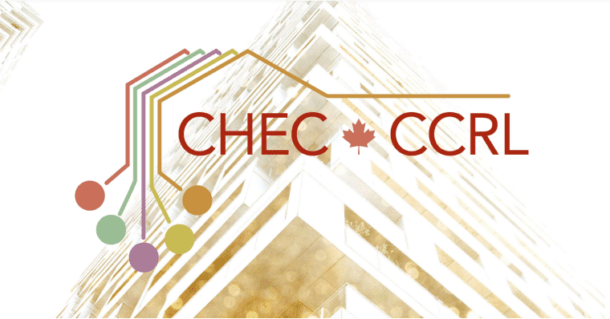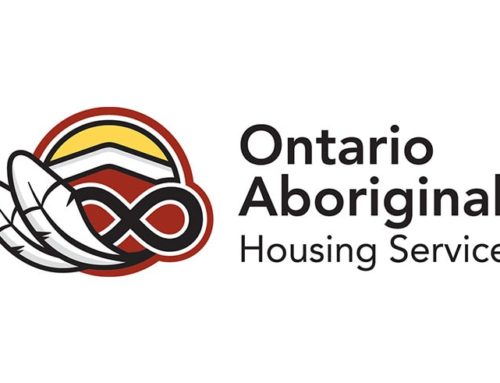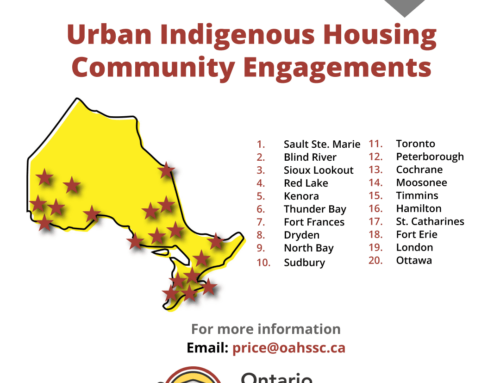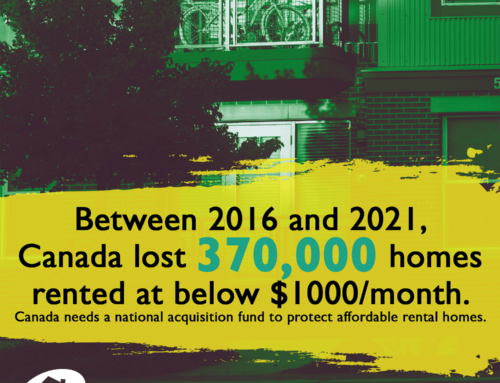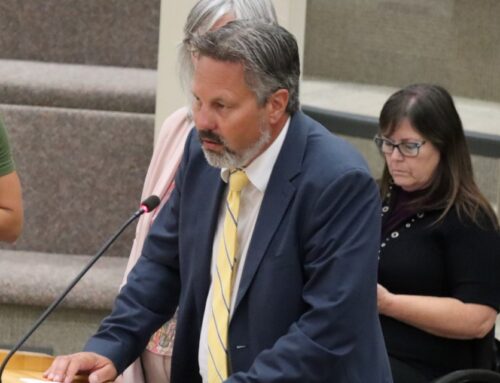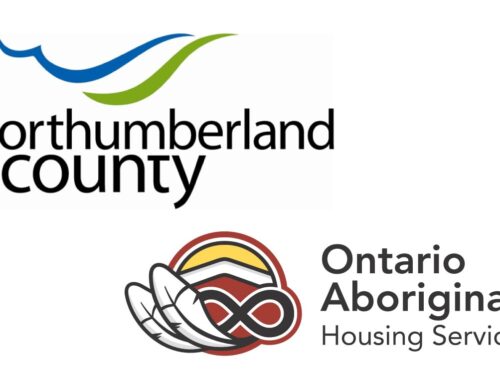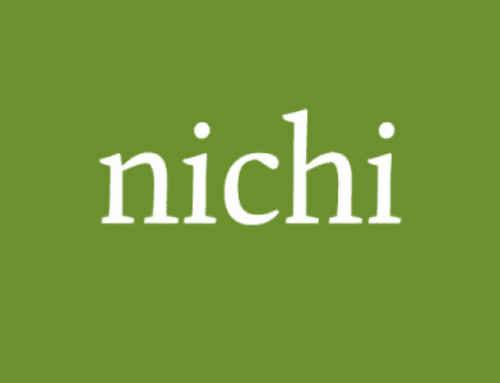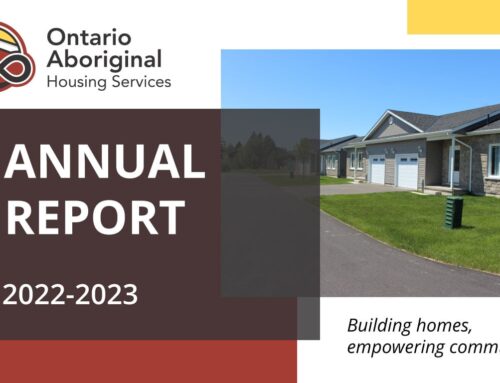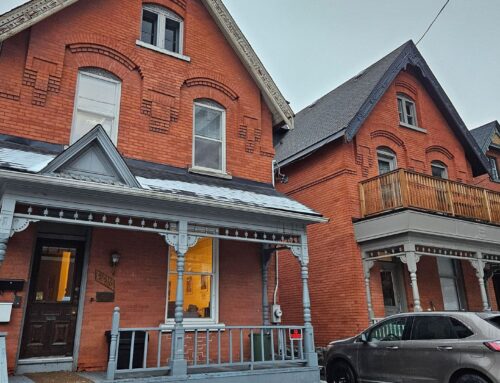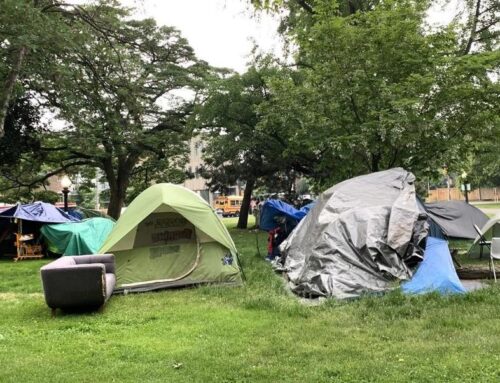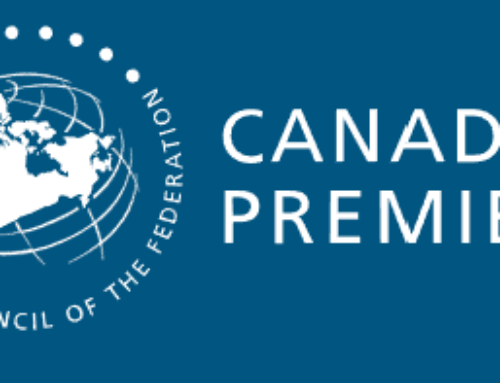Published on April 8, 2022 and written by Steve Pomeroy, CHEC-CCRL Executive advisor and McMaster University Industry Professor
Just as housing garnered more attention in the 2021 federal election than any previous election, it scored a record appearance in Budget 2022 contributing 20 pages out of the total 304 pages.
As such it presented a veritable smorgasbord of initiatives, mostly tweaks that accelerated previously planned spending and redeployed some to new approaches, and an array of small initiatives, most token in terms of impact. So overall lots of words, but very few homes, despite plans to spend just over $10 billion in the next 5 years.
Housing affordability is a serious issue and challenge and top of mind for many Canadians – both for access to ownership and for low income renters. So government is reacting and trying to show that they understand and that they will do something about it. Unfortunately in diagnosing the problem incorrectly (insufficient supply) they are prescribing an inadequate response.
This government has bought into the undersupply argument drawing on the meaningless comparison to the average G7 number of homes per person – ignoring the reality that Canada has the largest average household size in the G7 (i.e. we put more people in each house).
Noting that a number of factors are making housing more expensive the Budget then asserts that “the biggest issue is supply”. This then sets up re-announcing the proposed $4 billion Housing Accelerator Fund to fund incentives to prod municipalities and developers to massively expand new construction. It is presumed that doubling new supply will stop or slow the excessive rise in prices and rents. But it’s not explained how.


